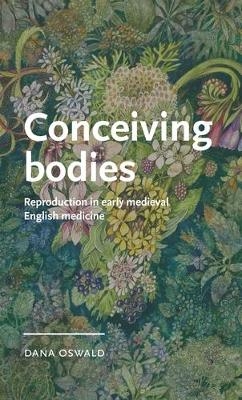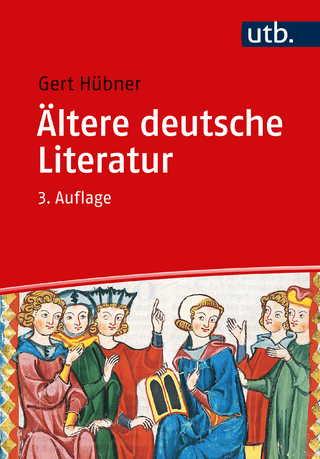
Conceiving Bodies
Reproduction in Early Medieval English Medicine
Seiten
2024
Manchester University Press (Verlag)
978-1-5261-7688-2 (ISBN)
Manchester University Press (Verlag)
978-1-5261-7688-2 (ISBN)
The Old English remedies for women’s reproductive ailments gesture to contemporary notions of bodily autonomy. Close examination of the remedies for menstruation, fertility, pregnancy, stillbirth, and abortion reveal distinctions among them, where previously they were understood reductively as women’s medicine. -- .
Despite reliance on ingredients like horse dung, Old English remedies for women’s medicine speak to contemporary reproductive concerns. Previous translators reduced the remedies to a general category of women’s medicine, but sustained examination of language reveals important distinctions: remedies for menstruation indicate social concerns about fertility, where remedies for ‘cleansing’ do not provide a clear path to conception, but rather foreclose it. Rarest of all are the remedies for childbirth, but their rarity is compounded by the practices of translators who conflate the language for women’s reproduction into an amorphous singularity. Through an original method of hysteric philology—the combining of traditional philology with contemporary feminist and medical epistemologies—this book situates itself in the historical treatment of reproductive people as both objects and subjects of medical practice, and gestures forward in time to the contemporary struggle for bodily autonomy. -- .
Despite reliance on ingredients like horse dung, Old English remedies for women’s medicine speak to contemporary reproductive concerns. Previous translators reduced the remedies to a general category of women’s medicine, but sustained examination of language reveals important distinctions: remedies for menstruation indicate social concerns about fertility, where remedies for ‘cleansing’ do not provide a clear path to conception, but rather foreclose it. Rarest of all are the remedies for childbirth, but their rarity is compounded by the practices of translators who conflate the language for women’s reproduction into an amorphous singularity. Through an original method of hysteric philology—the combining of traditional philology with contemporary feminist and medical epistemologies—this book situates itself in the historical treatment of reproductive people as both objects and subjects of medical practice, and gestures forward in time to the contemporary struggle for bodily autonomy. -- .
Dana Oswald is Associate Professor of Literatures and Languages at the University of Wisconsin-Parkside -- .
Introduction - Hysteric philology and the occlusion of the ordinary bodies of early medieval English women
1 The diagnostic body and the matter of menstruation in the remedies and penitentials
2 Fertility and pregnancy in the medical texts and prognostics
3 Overlap and overwriting in medical language for childbirth
4 Purging as treatment for miscarriage, stillbirth and conception
Conclusion - Womb to tomb: The afterlives of early medieval women’s remedies
Index -- .
| Erscheinungsdatum | 07.05.2024 |
|---|---|
| Reihe/Serie | Manchester Medieval Literature and Culture |
| Zusatzinfo | 0 illustrations, 3 tables |
| Verlagsort | Manchester |
| Sprache | englisch |
| Maße | 138 x 216 mm |
| Gewicht | 418 g |
| Themenwelt | Geschichte ► Allgemeine Geschichte ► Mittelalter |
| Geisteswissenschaften ► Geschichte ► Regional- / Ländergeschichte | |
| Geisteswissenschaften ► Sprach- / Literaturwissenschaft ► Anglistik / Amerikanistik | |
| Geisteswissenschaften ► Sprach- / Literaturwissenschaft ► Literaturwissenschaft | |
| Studium ► Querschnittsbereiche ► Geschichte / Ethik der Medizin | |
| ISBN-10 | 1-5261-7688-2 / 1526176882 |
| ISBN-13 | 978-1-5261-7688-2 / 9781526176882 |
| Zustand | Neuware |
| Haben Sie eine Frage zum Produkt? |
Mehr entdecken
aus dem Bereich
aus dem Bereich
eine neue Geschichte des Mittelalters
Buch | Hardcover (2023)
C.H.Beck (Verlag)
38,00 €


